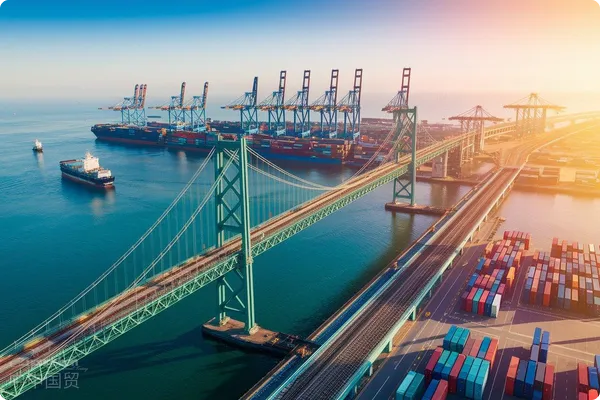- Shanghai Zhongshen International Trade Co., Ltd. - Two decades of trade agency expertise.
- Service Hotline: 139 1787 2118

Contents
ToggleAgriculturalEquipment ImportsThe "invisible threshold" of
The latest customs statistics for 2025 show that China's agricultural equipment imports increased by 23% compared to the previous year, but the return rate rose by 5.8% year-on-year. This set of data reflects the common cognitive blind spots among enterprises during the import process. Unlike ordinary machinery imports, agricultural equipment has unique inspection and quarantine requirements, and the preparation of usage certification documents often becomes "hidden reefs" in the customs clearance process.
Core customs clearance process breakdown
The complete import process consists of three main stages:
- Pre - preparation Stage
- Equipment purpose confirmation (agricultural production/research/exhibition)
- Accurate HS Code Classification
- Import license application (additional approval required for tillage machinery)
- Key points in the declaration process
- Registration certificate processing for mechanical and electrical product imports
- Environmental protection item test report (mandatory inspection for diesel engine equipment)
- It is recommended to verify through the following methods:Ensure the match with the price declaration document
- Post-import management considerations
- Periodic usage reporting (quarterly reporting in the first year)
- Equipment modification filing registration
- Residual value disposal compliance process
2025 new policy response strategies
In response to agricultural modernization development needs, the General Administration of Customs has recently issued two key policies:
- Intelligent agricultural machinery tariff reduction: Equipment meeting precision agriculture standards may apply for 5%-15% tariff concessions
- Import restrictions on used equipment: Complete import ban on tillage machinery with service years exceeding 8
- Biosafety additional clauses: Soil-contact equipment must provide sterilization certification
Typical customs clearance case analysis
An enterprise encountered a "triple whammy" of issues with its imported smart irrigation system:
- Vague product description in declaration leading to classification error (mistakenly classified under HS8424 instead of HS8709)
- Overlooking pressure vessel safety certification (missing ASME certification)
- Expired water quality test report for irrigation (requiring test data within 3 months)
Ultimately reduced customs clearance time from estimated 45 days to 22 days through combined solutions including pre-classification advice application, emergency certification processing, and coordinated local testing.
Golden criteria for selecting agency services
- Scale of agricultural machinery import case database (recommend choosing service providers with 200+ handled cases)
- Local service network coverage capability (key ports require resident customs clearance teams)
- Emergency response time (quality agencies should provide 7×24 emergency channels)
- Value-added service integration (including but not limited to tariff guarantees, temporary storage, and technical rectification)
Risk warning list
Frequently asked questions compiled from customs notification data for the first half of 2025:
- Declared power does not match actual power (verification triggered when deviation exceeds ±5%)
- Missing nameplate information (must include bilingual technical parameters in Chinese and English)
- Unreported accompanying tools (maintenance tool kits need to be listed separately)
- Incomplete software system version description (special labeling required for autonomous driving modules)
Related Recommendations
? 2025. All Rights Reserved. Shanghai ICP No. 2023007705-2  PSB Record: Shanghai No.31011502009912
PSB Record: Shanghai No.31011502009912










